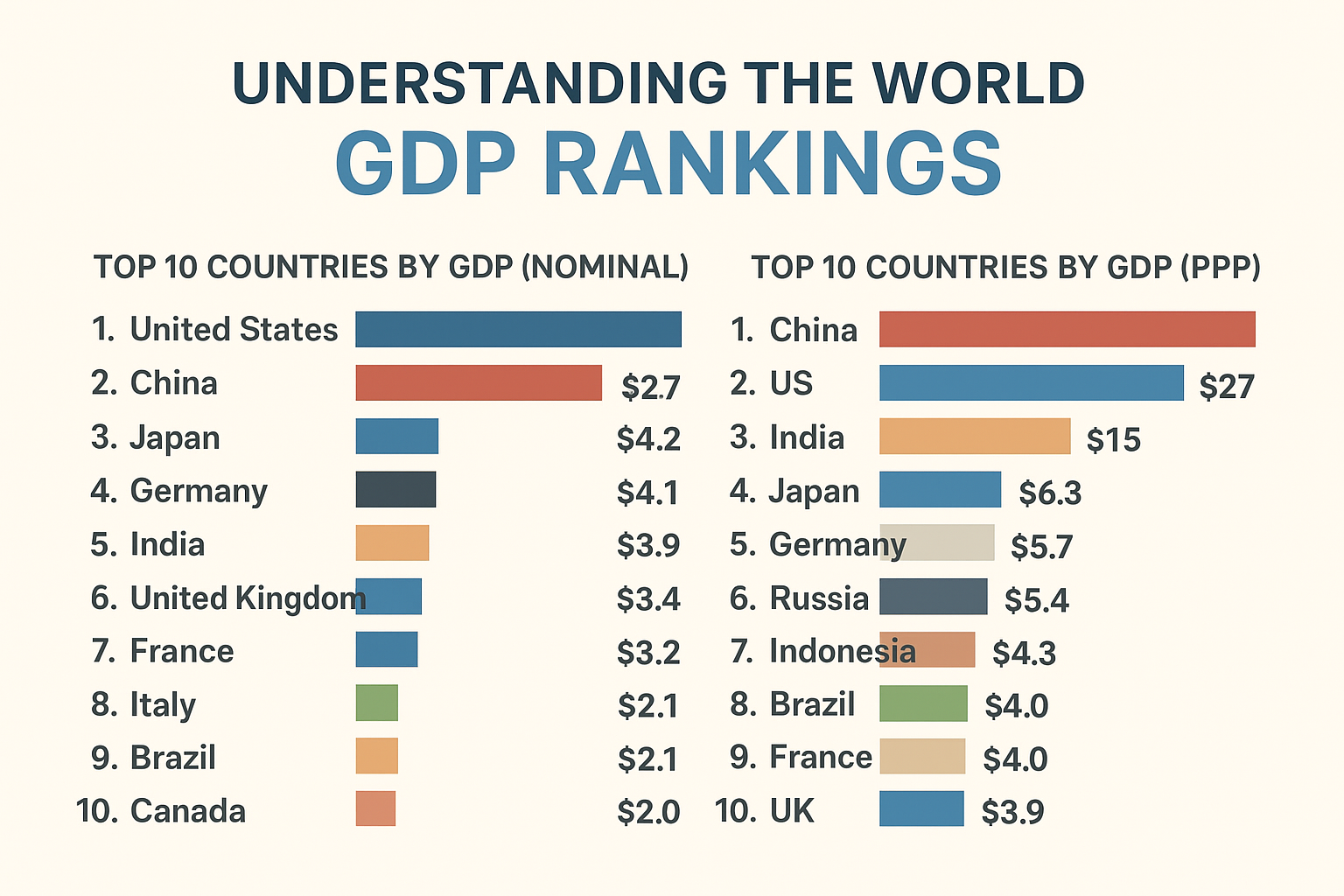Introduction: Inflation and Everyday Struggles
The word inflation often dominates the news, but what does it actually mean for you and me in daily life? At its simplest, inflation refers to the rise in the general price of goods and services over time. While economists debate causes and policies, ordinary people feel inflation most directly when food, fuel, rent, or transport costs increase while salaries remain unchanged.
Global inflation—where rising prices occur across many countries at the same time—has far-reaching consequences. It’s not just about economics; it’s about how families eat, how businesses survive, how young people save, and how nations adjust to new financial realities.
This article explores how global inflation affects daily life, from grocery shopping to education, housing, healthcare, and even mental well-being.
What Causes Global Inflation?
Before diving into personal impacts, let’s briefly understand why inflation happens on a worldwide scale.
Energy Prices: Oil and gas costs directly affect transport, electricity, and manufacturing.
Supply Chain Disruptions: Global trade bottlenecks (like COVID-19 or wars) raise production costs.
Currency Weakness: A weak local currency makes imports more expensive.
Increased Demand: When economies recover, high demand outpaces supply.
Government Policies & Debt: Excessive money printing or borrowing can fuel inflation.
How Global Inflation Touches Daily Life
1. Food Prices and Household Budgets
The most visible effect of inflation is at the grocery store.
Basic items cost more: Bread, rice, milk, fruits, and vegetables rise in price.
Smaller portions: Companies shrink product sizes (a practice known as “shrinkflation”).
Budget strain: Families cut down on variety and switch to cheaper alternatives.
Example: A family that used to buy 10kg of rice monthly may now afford only 7kg with the same money.
2. Transportation and Fuel Costs
Transportation is another area where inflation bites deeply.
Fuel price hikes increase commuting and travel costs.
Public transport fares go up as operating expenses rise.
Logistics inflation: Shipping goods becomes more expensive, which cycles back into higher retail prices.
Real-life effect: A worker who spends $3 daily on transport might now spend $5, reducing savings.
3. Housing and Rent Pressures
Inflation makes both owning and renting a home more difficult.
Rents climb as landlords adjust to higher property taxes and maintenance costs.
Mortgage rates rise, making home ownership harder.
Utilities (electricity, gas, water) also increase, adding pressure to household bills.
Impact: Many young adults delay moving out or buying a house, leading to overcrowded living conditions.
4. Healthcare Costs
Medical expenses don’t escape inflation.
Medicines and hospital bills rise due to import costs and equipment inflation.
Insurance premiums increase, making coverage harder to afford.
Preventive care gets neglected, leading to long-term health issues.
Daily reality: Some families skip doctor visits or reduce medication doses to save money.
5. Education and Childcare
Parents feel inflation when it comes to schooling.
Tuition fees increase as schools adjust to higher salaries and material costs.
Textbooks, uniforms, and transport become more expensive.
Childcare services raise fees, forcing parents to make tough work-life choices.
6. Job Security and Salaries
One of the hardest parts of inflation is the gap between wages and prices.
Salaries rarely rise fast enough to match inflation.
Job insecurity grows as companies cut costs.
Side hustles and extra jobs become necessary to maintain lifestyle.
Effect: Even if someone keeps their job, their purchasing power decreases.
7. Savings and Investments
Inflation also eats into financial planning.
Cash savings lose value because money buys less over time.
Interest rates rise, making borrowing more expensive.
Stock markets become unstable, affecting retirement accounts.
Example: $100 saved today may only buy $90 worth of goods next year if inflation is high.
8. Mental Health and Lifestyle Adjustments
Beyond finances, inflation affects emotional well-being.
Stress and anxiety increase over rising bills.
Lifestyle downgrades: Families eat out less, travel less, and delay major purchases.
Social impact: Tension grows in households over money management.
9. Inequality Gap Widens
Inflation affects people differently:
Wealthy households can absorb rising costs.
Middle and low-income families are hardest hit, spending more on essentials and saving less.
Rural vs. urban divide increases since rural areas often depend more on fuel and imported goods.
10. Global Interconnectedness of Inflation
In a globalized world, inflation in one country quickly affects others.
Energy crisis in Europe raises gas prices worldwide.
Conflict in a major food-producing country increases global grain prices.
Currency fluctuations impact international students, travelers, and businesses.
How People Adapt to Inflation in Daily Life
Budgeting more strictly—tracking expenses daily.
Shifting to local products instead of imports.
Cutting luxury expenses (travel, gadgets, dining out).
Investing in assets (real estate, gold, stocks) instead of holding cash.
Taking side hustles or online gigs to increase income.
Practical Tips to Cope with Inflation
Cook at home instead of eating out.
Buy in bulk to save on essentials.
Use public transport or carpool to save fuel.
Invest in skills that can lead to higher-paying jobs.
Diversify savings into stable assets to protect value.
Conclusion: Living with Inflation
Global inflation is not just an abstract economic issue—it’s a daily reality that changes how people shop, eat, travel, work, and plan for the future. While individuals can’t control global fuel prices, wars, or supply chains, they can adapt smartly by budgeting wisely, adjusting lifestyle choices, and finding creative ways to protect income.
Inflation reminds us of the fragile balance between money and life—and the importance of resilience in uncertain times.



